In the past few years writing for the Observer, I have managed to attract a pool of readers that occasionally writes me questions on various topics.
Recently the topic of assigning a value to small and medium enterprise has become a predominant point of interest. I was contacted via Linkedin by Hilal, an Omani real estate investor who owns several properties throughout the Sultanate.
He does not own any business for now, but rather generates an income from both residential and commercial rental agreements.
Hilal shared with me that Covid-19 drastically reduced the number of his tenants, because of many residential occupants went back to their countries and most of the small businesses occupying his commercial properties have shut down operations.
The total loss of income summed up to 80 per cent.
A big hit that Hilal is determined to recover by making some investments in businesses as opposed to properties. So, he asked me how he could come up with accurate valuations in fields where he has little to no experience.
So, I shared with Hilal a business valuation structure that could work well in his framework of reference, imagining that the business to be valued was a property.
He understood my reasoning as he could relate to it easily.
In this column we will cover the first methodology and in the next column we will discuss two more approaches.
To summarise here, the three methodologies are: 1. Bottom-up valuation, 2. Comparing uniform data, and 3. Discounted cash flow (DCF).
For the first one I will make an example related to a food and beverage business, such as a restaurant.
Bottom-up valuation is a good starting point for businesses that encompass many costs that are however easy to gather and compute. For the second one I have used a barber shop because comparing uniform data works well with activities that can be quickly setup and established.
Lastly, for the third case, we will imagine an investment in an IT business where Discounted Cash Flow (DCF) can help in determining long term profitability given a multitude of variables.
1. Bottom-up valuation
When assigning a value to a property we might consider how much would cost us to rebuild it from scratch. So, we would include the price of the land, the materials, the craftmanship, the furniture, the consulting fees, taxes etc.
The same exact approach could be applied to a business.
If Hilal considered investing in a restaurant, for example, I would advise him to start by counting all costs, from rent to raw materials, from licensing to manpower etc. Once all the costs are factored in, he will have a clearer point of reference to gauge against when the negotiation with the business owner begins. This type of business valuation could be useful for businesses with many “moving parts”.
One of them could be how well the business is established in relation to the talents that could be attracted. Specifically, in the F&B sector, hiring and retaining a well-known chef is something that only established restaurants can do. However, the salary of a top chef would be comparable across the board.
In the next column we will discuss how to compare uniform data as well as the discounted cash flow business valuation methodology.
(The columnist is a member of the International Press Association]



